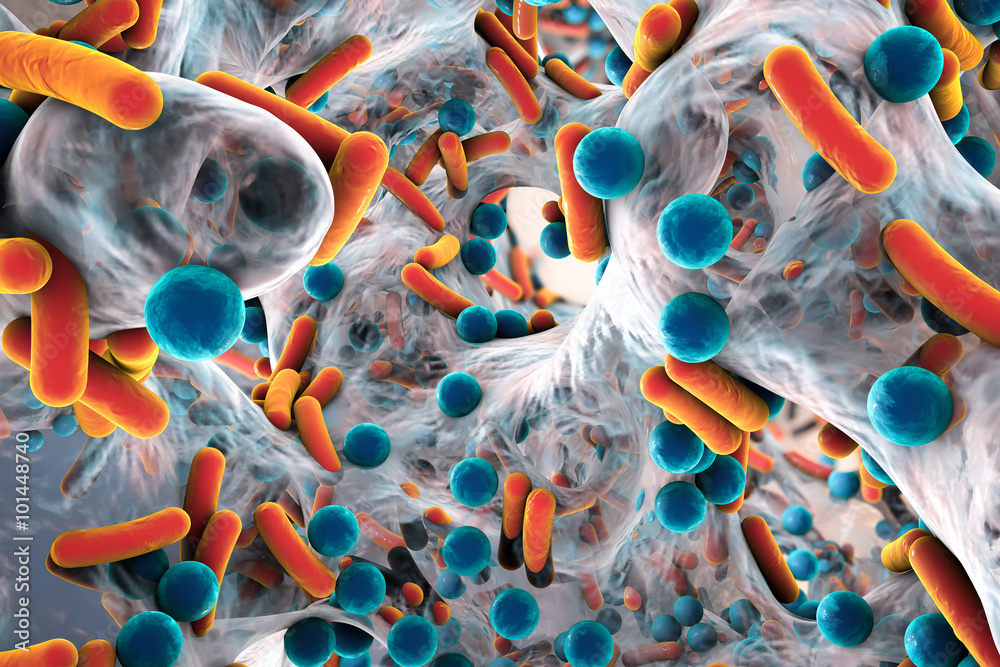Probiotics are live microorganisms, or microbes, that promote health benefits and restore the gut microbiome, the collection of bacteria and other microorganisms that live in the gut. These microbes have been used to diagnose or treat bacterial infections, inflammatory disorders, and metabolic disorders in both animal and human models. One concern with using probiotics as a remedy, however, is that they have the potential to develop undesirable traits over the course of treatment, potentially bringing harm to the host. In addition, they may spread outside of the host (i.e. through feces) and contaminate the surrounding environment. It is important to assess and prepare for the consequences of a newly introduced microorganism to keep the ecosystem safe.
Tae Seok Moon, a professor in the Department of Energy, Environmental, and Chemical Engineering Department at Washington University in St. Louis, and his research team have developed an effective biocontainment strategy to prevent harmful probiotic events from occurring. Moon’s lab has been working on designing a genetically-engineered microbe with a “kill switch” that causes it to self-destruct under certain conditions after it has served its purpose. The bacteria would have the task of destroying pathogens in the body and then undergo self-destruction after it has been released into the environment.
Moon and his team utilize a technology to edit genes called CRISPR to genetically-engineer microbes.
Image source: Hao Jiang
When microbes are released from the animal gut, they experience a decrease in temperature, since the body’s temperature is usually hotter than the outside environment. Using this information, Moon and his team integrated a kill switch into genetically-modified bacteria to trigger self-destruction in response to the lower temperature. There were still some challenges to consider with engineered microbes in this project, however, such as the risk of mutation affecting the switch’s ability to work or premature triggering of the kill switch. To counter these issues, Moon’s team introduced “backup switches” involving both temperature and chemical input to stabilize the function of the sensor and ensure the death of the microbes. The lab has now developed an even greater variety of sensors for pH, oxygen levels, light, and toxic pollutants as well.
Upon creating more functionally stable sensors, Moon and his team have generalized the kill switch so that it can be developed not only in probiotics but also in new bacteria. Moving forward, Moon and his team are interested in developing genetically-engineered microbes that eat plastic in order to dispose of harmful waste. There are many possibilities with how these microbes can be used–whether it be to cure gut diseases in humans or rid toxic waste from the environment.
Featured Image Source: Kateryna_Kon










